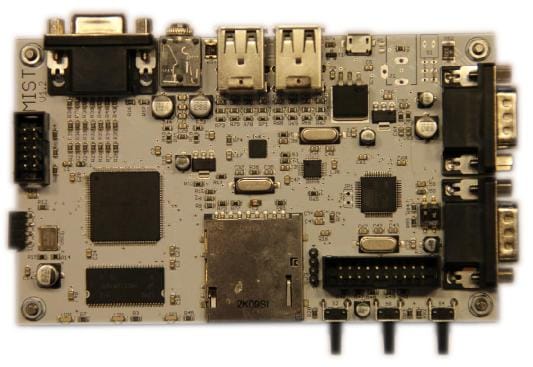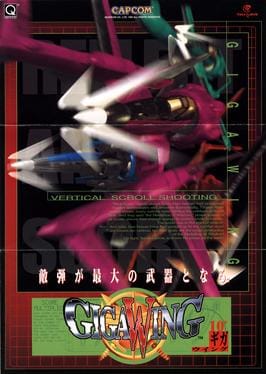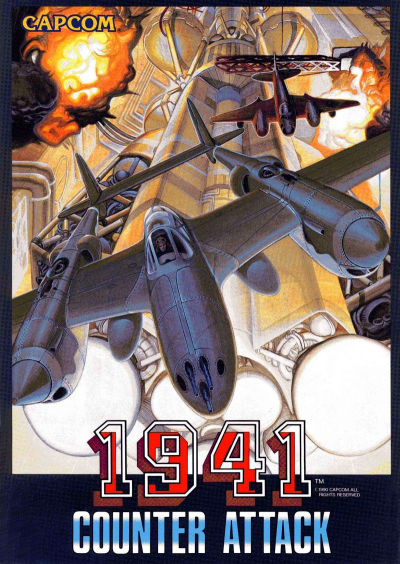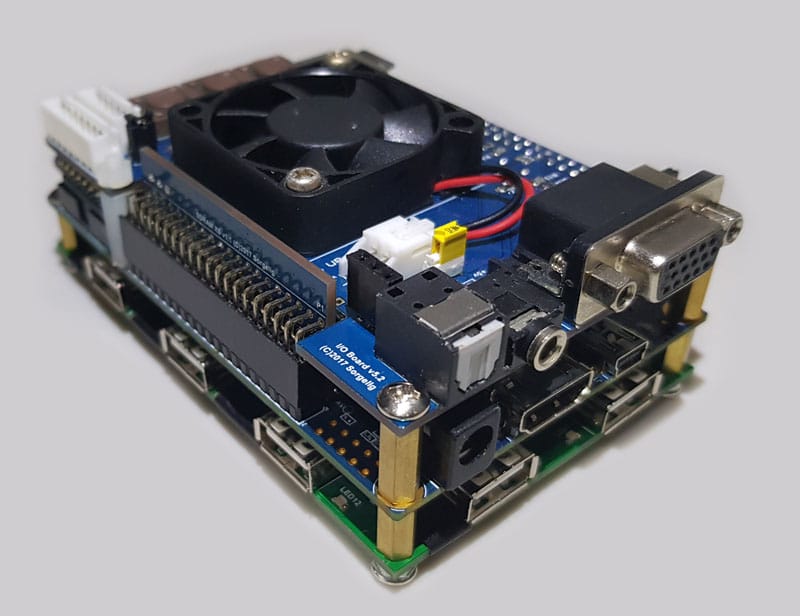MiSTer FPGA History Series: Part 1: MiST
Now that we're entering 2025, the MiSTer FPGA project is far from new. It's been around since 2017, when it started as a port of the MiST project. MiST has been around since 2013, and is still receiving updates to this day.

MiST is a project utilizing an FPGA board, made to implement mostly 16 bit computer hardware originally, but eventually consoles were added and more use cases were found. Here's a quote from their wiki:
The MIST board was designed to implement classic 16 bit computers like the Amiga, Atari ST(E) or the Apple Macintosh (and even early 32 bit computers like the Acorn Archimedes) as a System-on-a-Chip using modern hardware. But it equally well supports 8 bit systems like the Atari 800/XL, ZX81, ZX Spectrum, C64, Atari VCS, Atari 5200, Colecovision, Apple II, Sega Master System, Nintendo Gameboy, Nintendo NES, Odyssey2 plus others and 16 bit consoles SNES, Genesis/Megadrive, PC Engine. It also supports over 500 Arcade games!
The MIST board is not about emulation. It's about the re-implementation of the original hardware itself in so-called FPGAs.
Unlike MiSTer hardware, I do not own, and have never owned a MiST myself, so my information about it is all via research, rather than personal experience (as for MiSTer hardware, I currently own 4 operational MiSTer setups, two on original DE-10 hardware, one Mister Pi clone, and one QMTech clone. I've also built 4 others, gifted to my son, my parents, and my sister... my parents' first one had an issue and was replaced, hence it being 8 not 7. More on that in future articles). However, I have been using a MiSTer since within its first year, so I have certainly kept up with things for the MiST over the years.
The name of the MiST comes from the aMiga and Atari ST that it was first designed to implement. As good working hardware from the era of those and similar proprietary machines is getting harder and harder to come by, a device that was a pretty much perfect reimplementation of them held a lot of appeal to certain retro computing enthusiasts. Pretty early on, however, people started to implement gaming consoles as well, as that was a pretty simple thing to do.
The ports on the MiST are an SD card port (full sized, though adapters work), a VGA port, 3.5mm audio (standard headphone jack), 4 USB-2 ports, a micro-USB power input (it usually requires about 600-700 ma), and 2 DB9 joystick ports (same port as the Atari 2600, Sega Genesis, Commodore 64, Amiga, Atari ST, and many other things). One can also add MIDI ports via an add-on board. One can plug in things like keyboards, mice, and controllers to the USB ports as well; you're not forced to use the DB9 for your controllers, though it's nice to be able to use the originals if you happen to have them.
Note that that is a complete list; there are also 3 LEDs and 3 hardware buttons (plus a hardware power switch), but other than some internal things that end users don't interact with, that's it. The VGA port can do some tricks beyond just VGA video, just like the MiSTer's VGA port with the AV board, but there's no way to do HDMI without an external converter of some type. This limitation, among many others, kept some enthusiasts looking for a better solution (which is what led to the MiSTer after the release of the DE-10 Nano development board; that'll be its own article, though).
It also was limited, at least in its initial form, to 24624 logic elements (and still to this day) and 32MB of the SDRAM that the sort of consoles and micros that are reimplemented on MiST use. That mostly limited it to the 16 bit era of consoles and prior; you can see for yourself what's available here , though that's current as of today, not what was available at the time of the shift to MiSTer; in fact, many of the current cores are effectively designed more for MiSTer originally and were backported to the MiST when possible.
The MiST is still available for sale to this day, although with the recent MiSTer clones now being even cheaper than a decent MiST setup, I can't really recommend it for any reason. If you want one, though, the links at the top of the Github page here are a great place to go. In the next article, I'll talk about the beginning and early days of the MiSTer, and what the experience was like for early adopters like myself.



